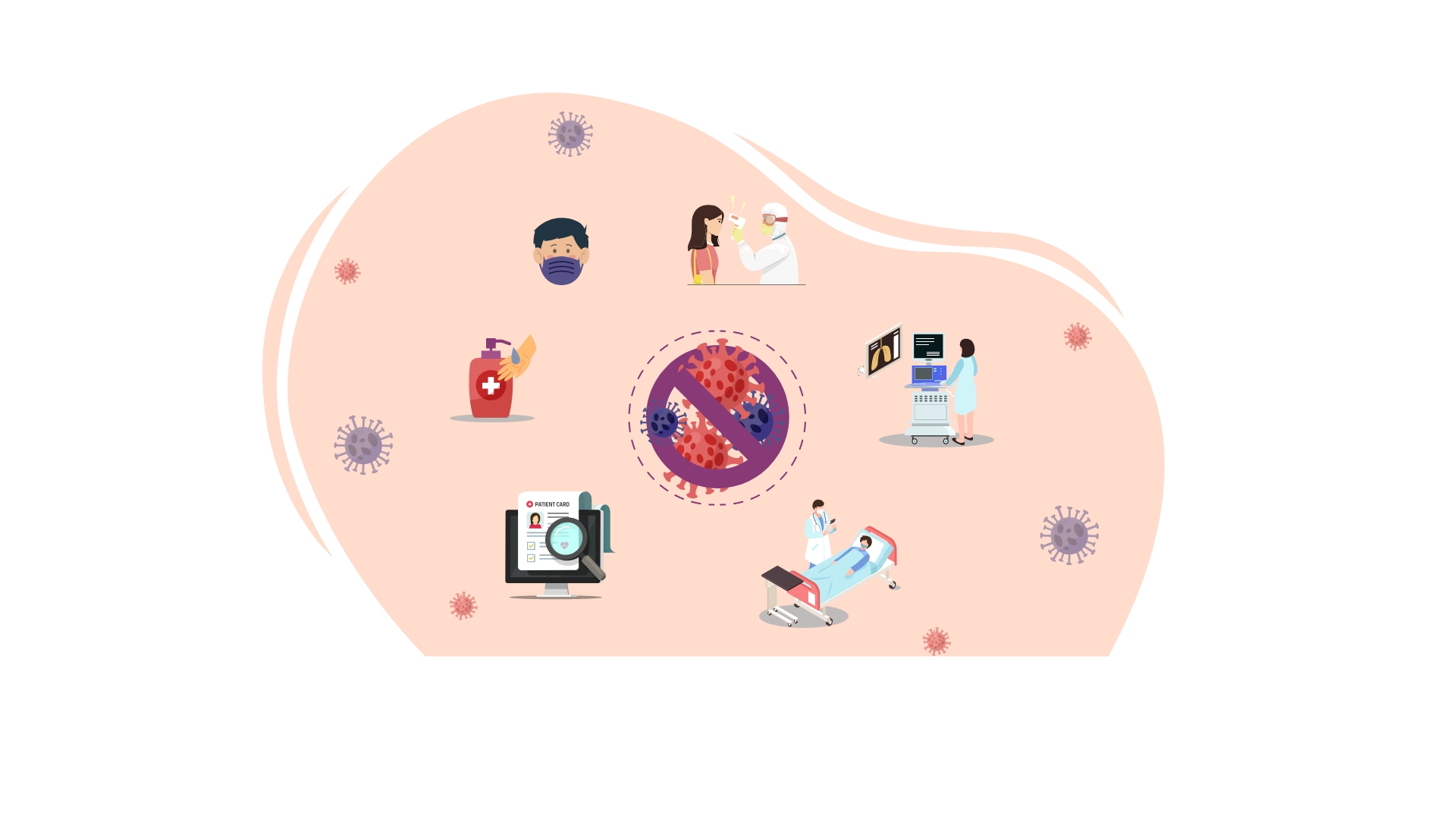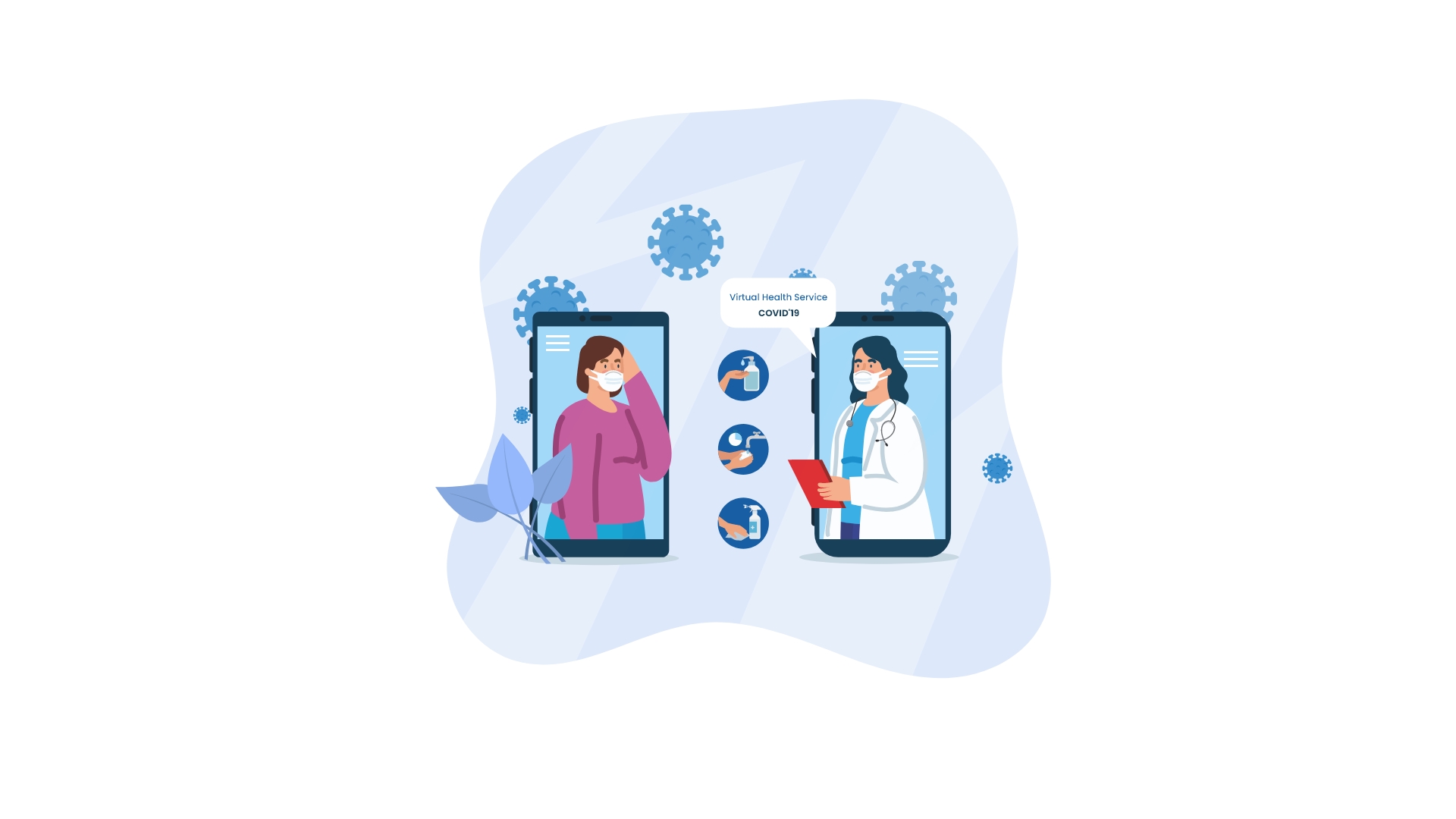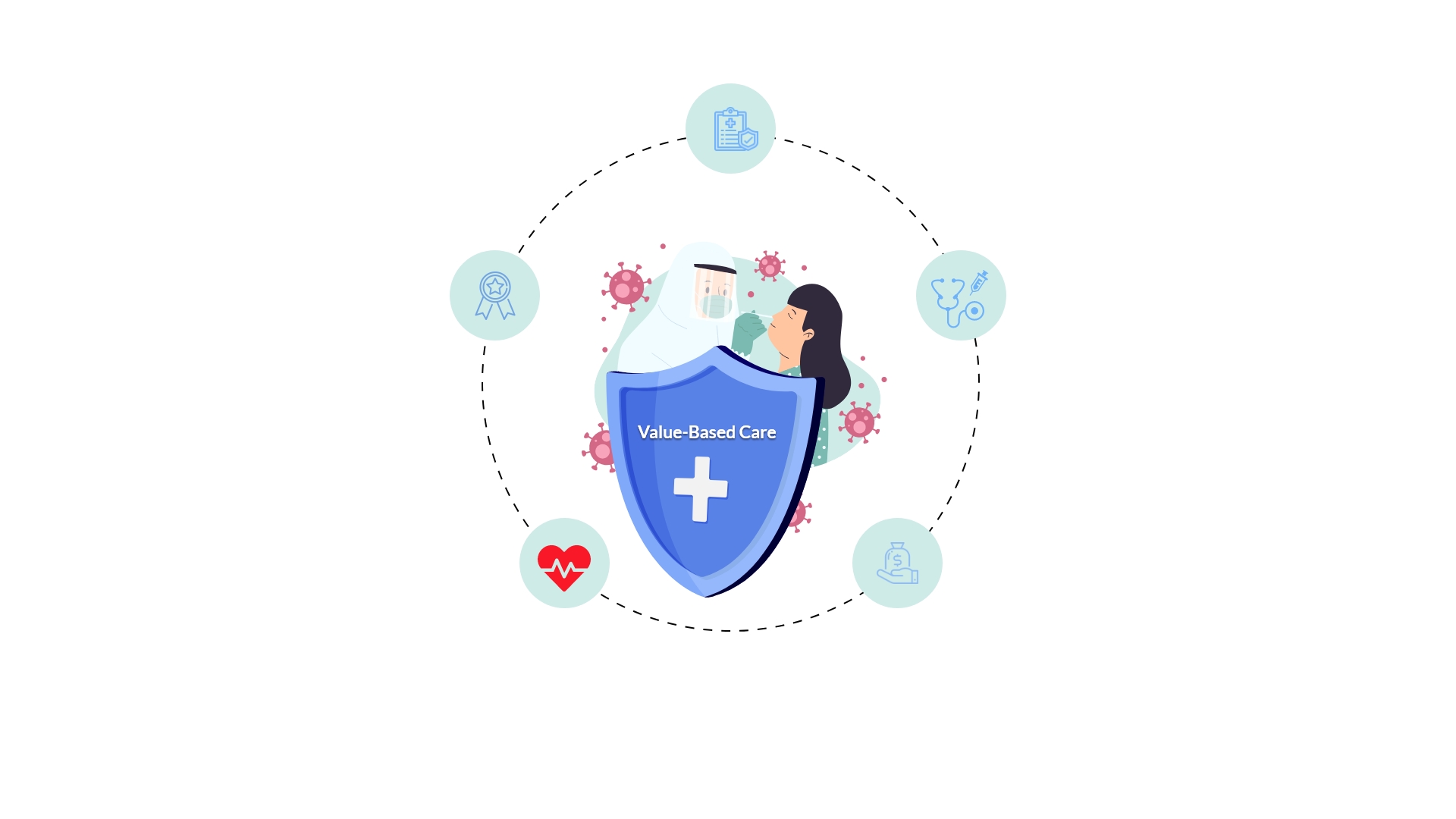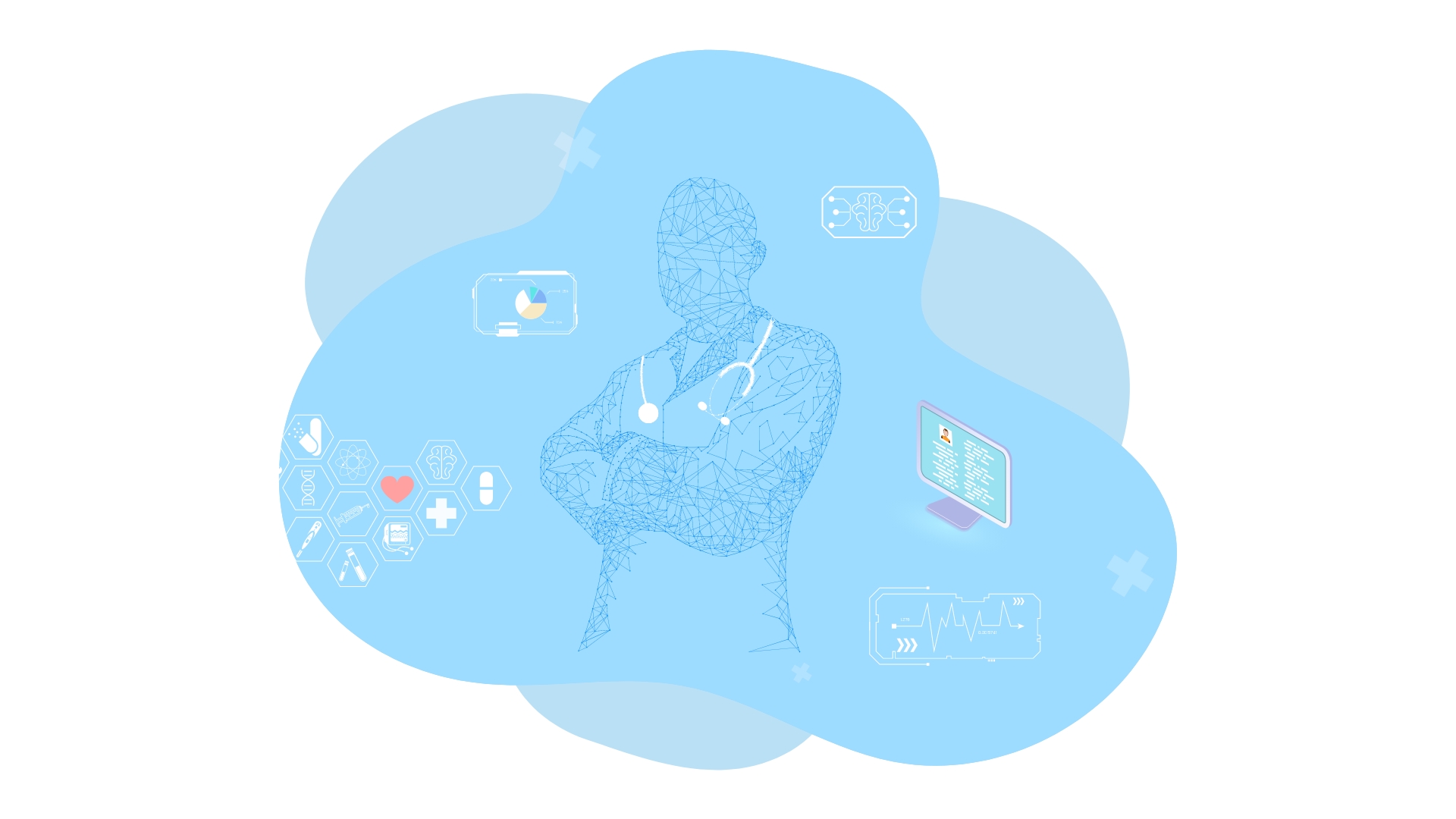Healthcare Interoperability involves the use of many complex systems and information technology (IT) to exchange and interpret health-based data. It has been a key aspect of the extensive shift towards computerizing the healthcare industry. As of 2019, a fundamental level of interoperability has been achieved by roughly 75% of healthcare providers in the US. The ability to transfer data from one health system to another becomes quite challenging when acknowledging the differences in technological platforms. The main objective of Interoperability is to ensure a smooth exchange of data across various systems.
Interoperability and COVID-19
The COVID-19 Pandemic has exposed the need for better interoperability in the healthcare industry. The Pandemic has resulted in a significant uptick in the transfer of patient data. This data is crucial for public health officials as it includes testing results, pre-existing conditions, and potential hotspots. Interoperability would allow county and state officials to identify and assist clinics with shortages in essential resources like staff, beds, or ventilators. Without a clean exchange, lots of patient data could slip through the cracks, leaving public officials and health administrators with inaccurate or insufficient information. The inability to make well-informed decisions could impede health officials from containing the spread of the virus. This data must also be shared between clinics, health systems, and insurance providers to determine the scale and responsibility of payment. The lack of a robustly interoperable platform could cost millions to both healthcare organizations and their patients.
Despite exposing a weakness with existing practices, the Pandemic could actually be beneficial for the future of healthcare interoperability. COVID-19 has allowed healthcare providers to address the inefficiencies that plague their existing practices. Many health organizations across the country are fast-tracking the rate at which they establish interoperable systems. By adapting on the run, these providers are positioning themselves for optimal performance during the pandemic while investing in their long-term sustainability.
Levels of Interoperability
Different health systems possess varying levels of interoperability that depend on their size, scale, and complexity.
- Foundational Interoperability: The most basic level involves a health system that can send and receive data from another system. It is ideal for smaller systems that need basic interoperability functions.
- Structural Interoperability: An intermediate level which allows health systems to exchange data and interpret information with certain limitations. This level is useful for systems that are expanding.
- Semantic Interoperability: The most complex level where data can be exchanged across multiple platforms and interpreted without limitations. This level is ideal for large health systems with complex and multidimensional data transfers.
Key Benefits
Emphasis on Efficiency
Interoperability allows organizations to prioritize operational efficiency. The speed at which providers and patients can access Electronic Health Records (EHRs) greatly cuts down on the time spent on each patient without compromising on quality. This allows providers to care for more patients and increase clinical revenue. Easily accessible health records also let health professionals understand the patient before they even meet. Care providers can anticipate the issues the patient might be having and prepare a treatment plan ahead of time. Most notably, Interoperability decreases the burden on Administrative staff by streamlining the data exchange process.
Enhanced Patient Experience
Patients can expect higher quality care due to a faster and more insightful care journey. Digitizing the care journey eliminates unnecessary paperwork which is inconvenient for patients and time consuming for staff. In the case of referrals, the emergence of EHRs helps smoothen the transition of care between physicians and specialists. With a comprehensive summary of the patient’s health history, care providers are able to treat and diagnose patients with greater efficiency.
Deeper Understanding of Healthcare
Healthcare Interoperability involves large amounts of valuable health-related data which can be extremely useful in multiple ways. Patient data can help scientists and researchers understand more about general and demographic health trends. In a pandemic situation, this data can be used to create an organized and systematic response which increases the likelihood of containment. In addition, patient data can be used in the trial stages of potential vaccines. From a holistic standpoint, interoperability can help public health officials gain insight into the condition of the industry.
Talk to us to understand more about the advancements in the healthcare industry and we will guide you to achieve our common goal “Quality Care for All” seamlessly.

















